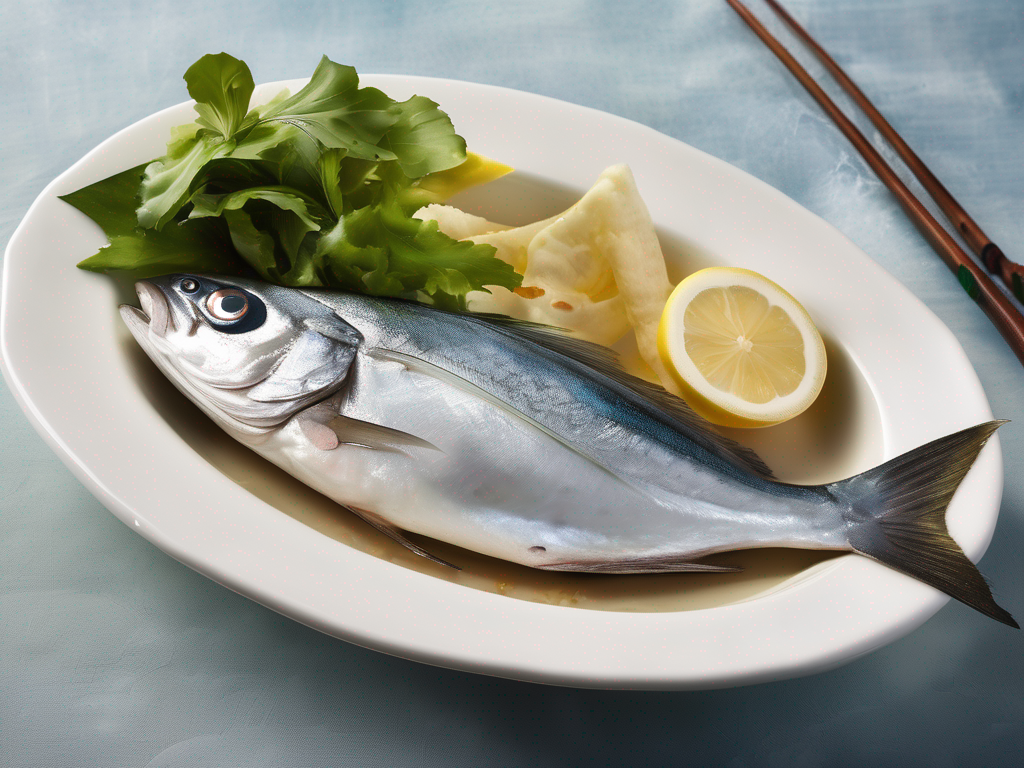
Decision Guide: Is my Bluefish still safe to eat?
Get Your Free Food Safety Cheat Sheet
30 most common foods with instant answers. Print it and stick it on your fridge—completely free!
Decision Guide: Is my Bluefish still safe to eat?
Bluefish is a popular and flavorful fish that can be found in many seafood markets and restaurants. However, like all seafood, bluefish can spoil if not stored and handled properly. In this guide, we will provide you with essential information to help you determine if your bluefish is still safe to eat. (Bluefish)
Understanding Bluefish
Bluefish, scientifically known as Pomatomus saltatrix, is a saltwater fish known for its strong flavor and oily texture. It is commonly found in temperate and tropical waters around the world. Bluefish is a popular choice for grilling, baking, or smoking due to its rich taste.
Characteristics of Fresh Bluefish
- Bright, clear eyes
- Firm and elastic flesh
- Mild ocean-like aroma
- Shiny and metallic skin
- Red gills
Signs of Spoiled Bluefish
Before consuming bluefish, it's crucial to check for signs of spoilage. Eating spoiled fish can lead to foodborne illnesses. Here are some indicators that your bluefish may have gone bad:
Visual Signs
- Cloudy or sunken eyes
- Dull, discolored, or mushy flesh
- Foul or ammonia-like odor
- Slimy texture
- Gray or yellowish skin
Other Indicators
- Off-flavors or bitter taste
- Presence of mold or unusual growth
- Excessive liquid or leakage
Storage and Handling Tips
Proper storage and handling are key to maintaining the freshness and safety of bluefish. Follow these tips to ensure your bluefish stays safe to eat:
- Refrigeration: Store bluefish in the coldest part of the refrigerator, ideally at a temperature below 40°F (4°C).
- Packaging: Wrap bluefish in moisture-proof and airtight packaging to prevent exposure to air and bacteria.
- Use-by Date: Consume bluefish before the expiration date indicated on the packaging.
- Thawing: Thaw frozen bluefish in the refrigerator or under cold running water to maintain its quality.
- Cooking: Cook bluefish thoroughly to an internal temperature of 145°F (63°C) to kill any harmful bacteria.
The Sniff Test
One simple way to determine if your bluefish is still safe to eat is by using your sense of smell. Fresh fish should have a mild, ocean-like scent. If your bluefish smells unpleasant or fishy, it is likely spoiled and should be discarded.
Conclusion
In conclusion, ensuring the safety of your bluefish involves proper storage, handling, and regular inspection for signs of spoilage. By following the guidelines outlined in this decision guide, you can enjoy your bluefish dishes with confidence, knowing that you are consuming safe and delicious seafood.
Remember, when in doubt, it's best to err on the side of caution and discard any fish that shows signs of spoilage. Your health and well-being are worth the extra precaution when it comes to food safety. Enjoy your bluefish responsibly and savor its unique flavor without compromising your health. (Bluefish)
Authoritative Food Safety References
These agencies and university labs inform every tip and health precaution we publish.
USDA FoodKeeper – Cold Storage Guidelines
Official refrigerator, freezer, and pantry timelines maintained by the U.S. Department of Agriculture.
Visit USDA FoodKeeperFDA Produce Safety Rule & Grower Guidance
Field-to-fridge handling practices that prevent contamination of fruits, vegetables, and leafy greens.
Visit FDA Produce SafetyCDC Foodborne Illness Prevention Hub
Surveillance-backed guidance on pathogens, symptoms, and steps to reduce foodborne illness risk.
Visit CDC Food SafetyUC Davis Postharvest Technology Center
University research detailing optimal storage atmospheres for produce after harvest.
Visit UC Davis PostharvestPenn State Extension – Home Food Preservation & Safety
Peer-reviewed extension bulletins on safe canning, chilling, and reheating practices.
Visit Penn State ExtensionGet Your Free Food Safety Cheat Sheet
30 most common foods with instant answers. Print it and stick it on your fridge—completely free! Want more? Upgrade to the complete guide with 70+ foods.
Scan your food directly and get instant safety info using our AI-powered camera feature.